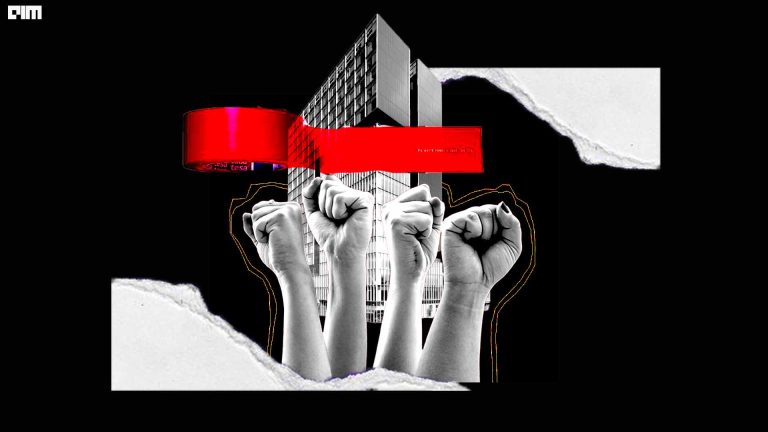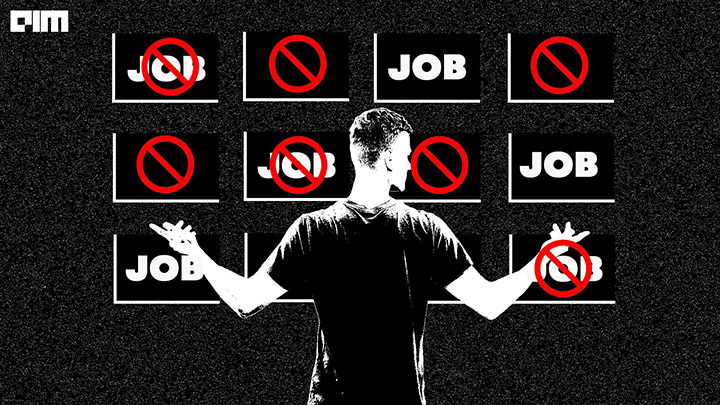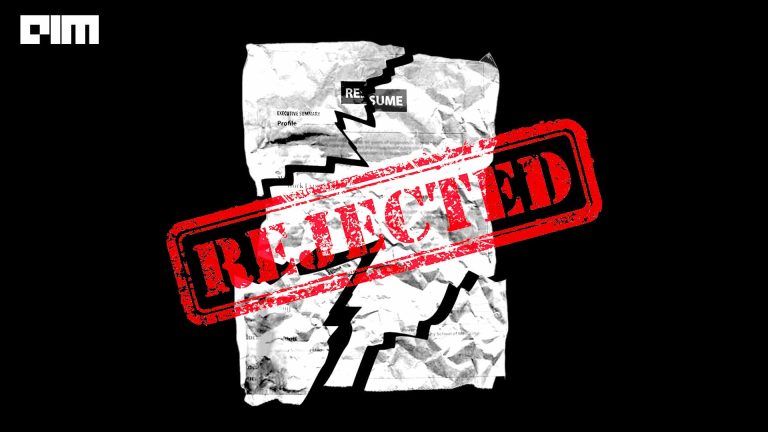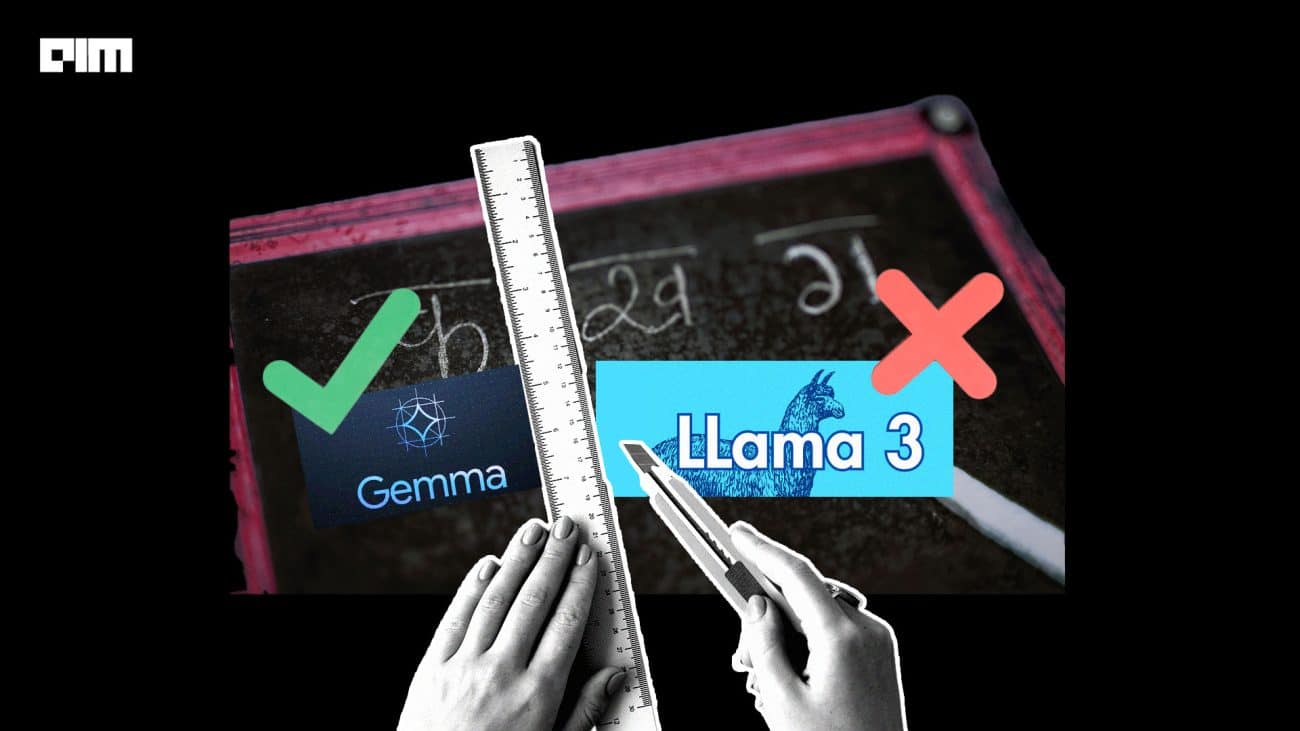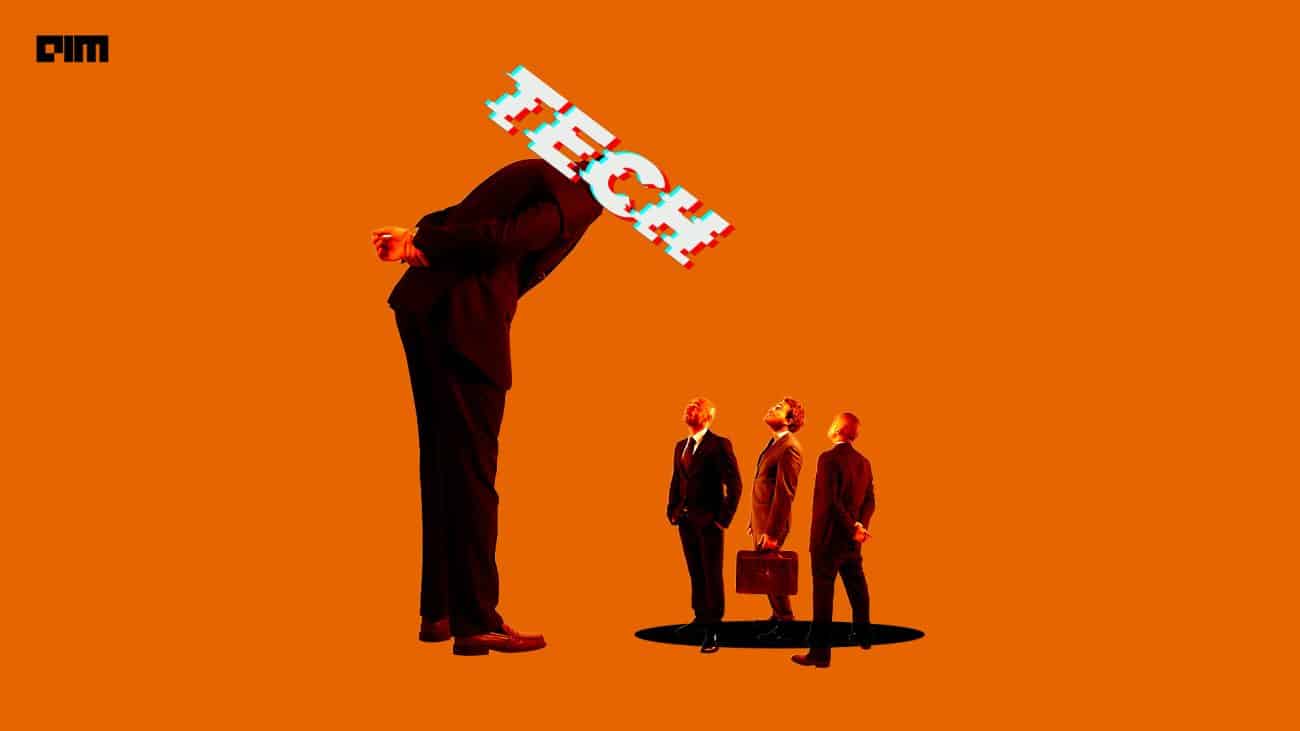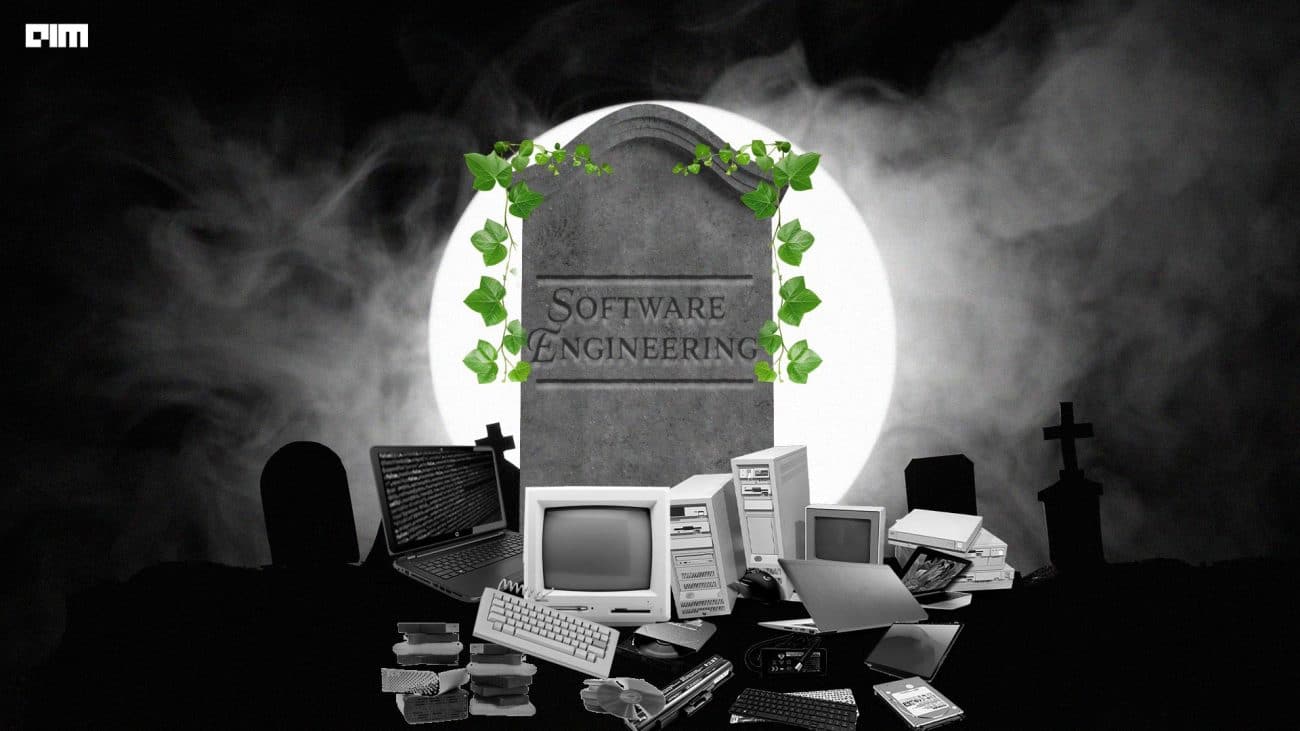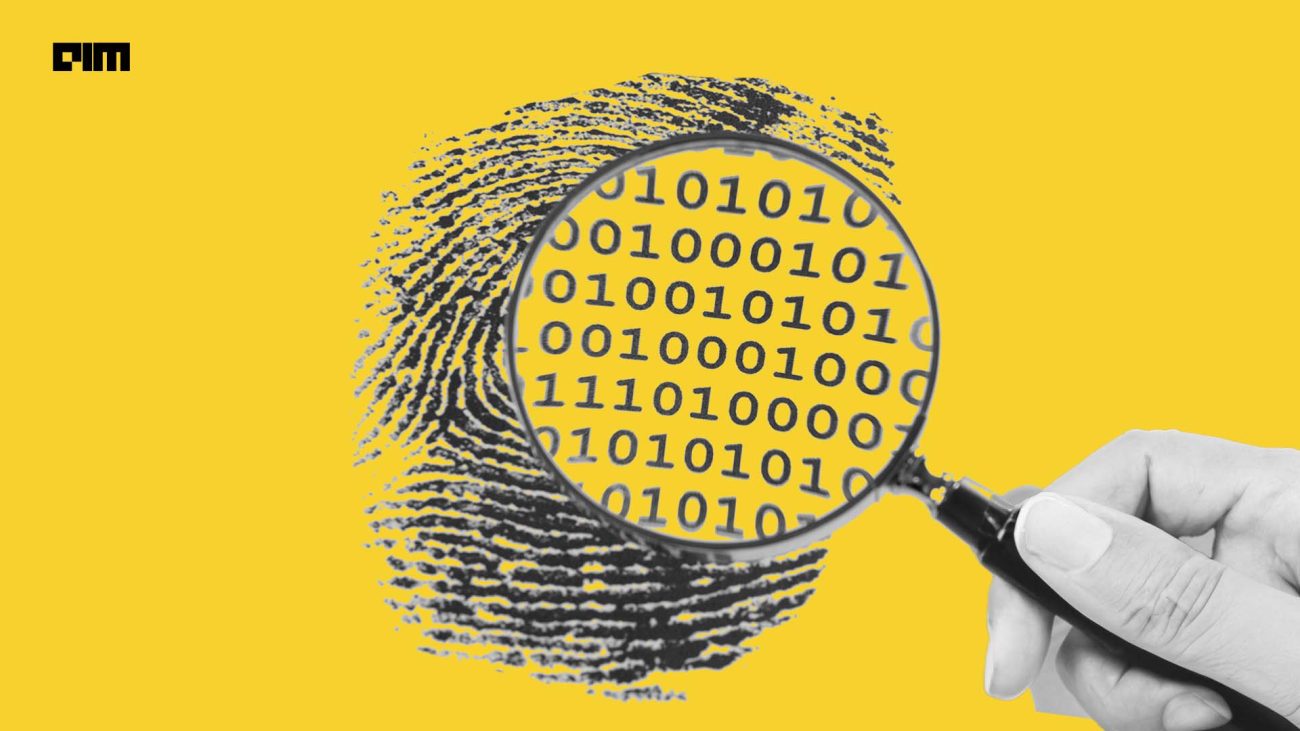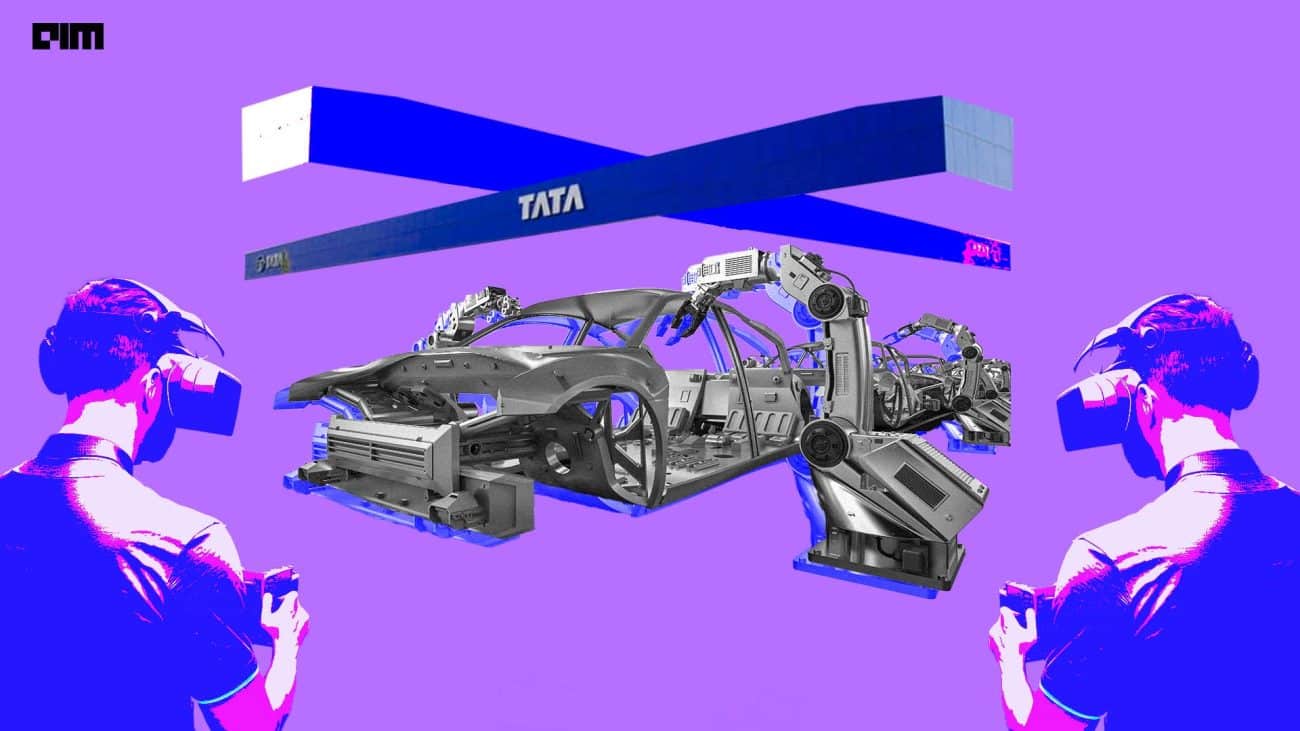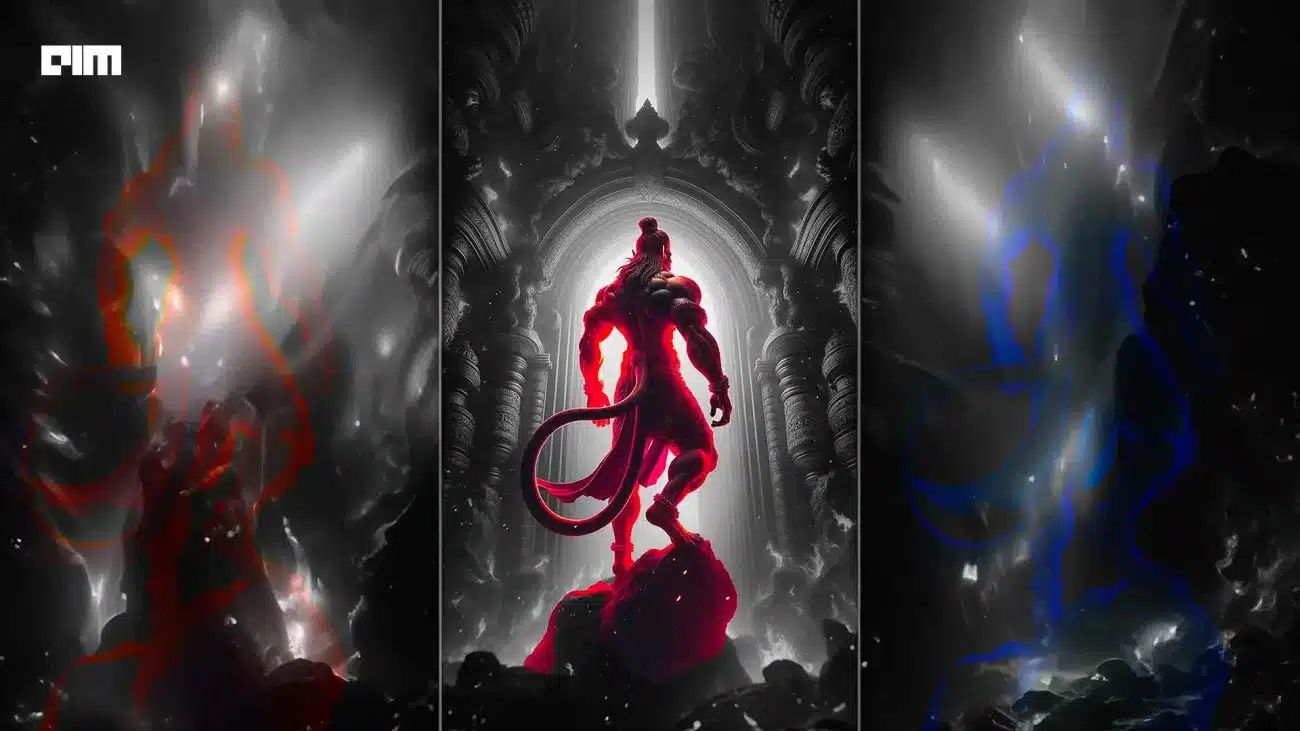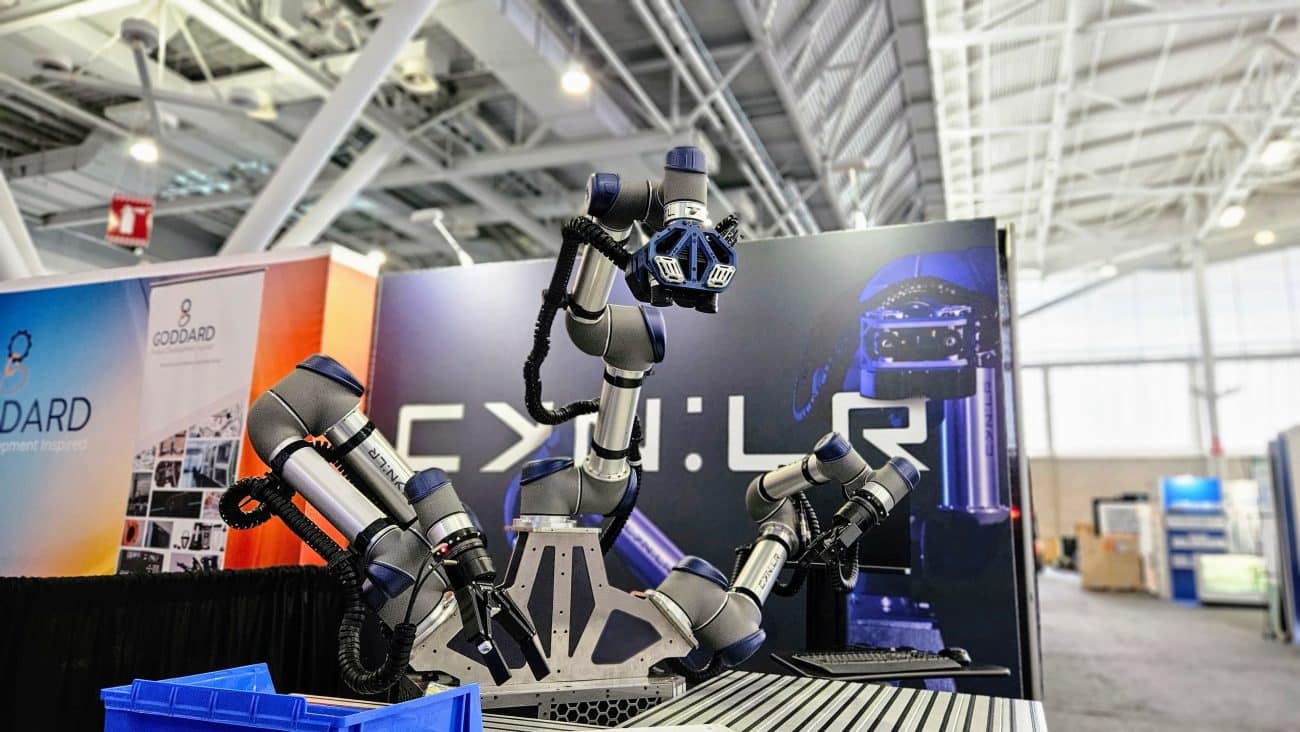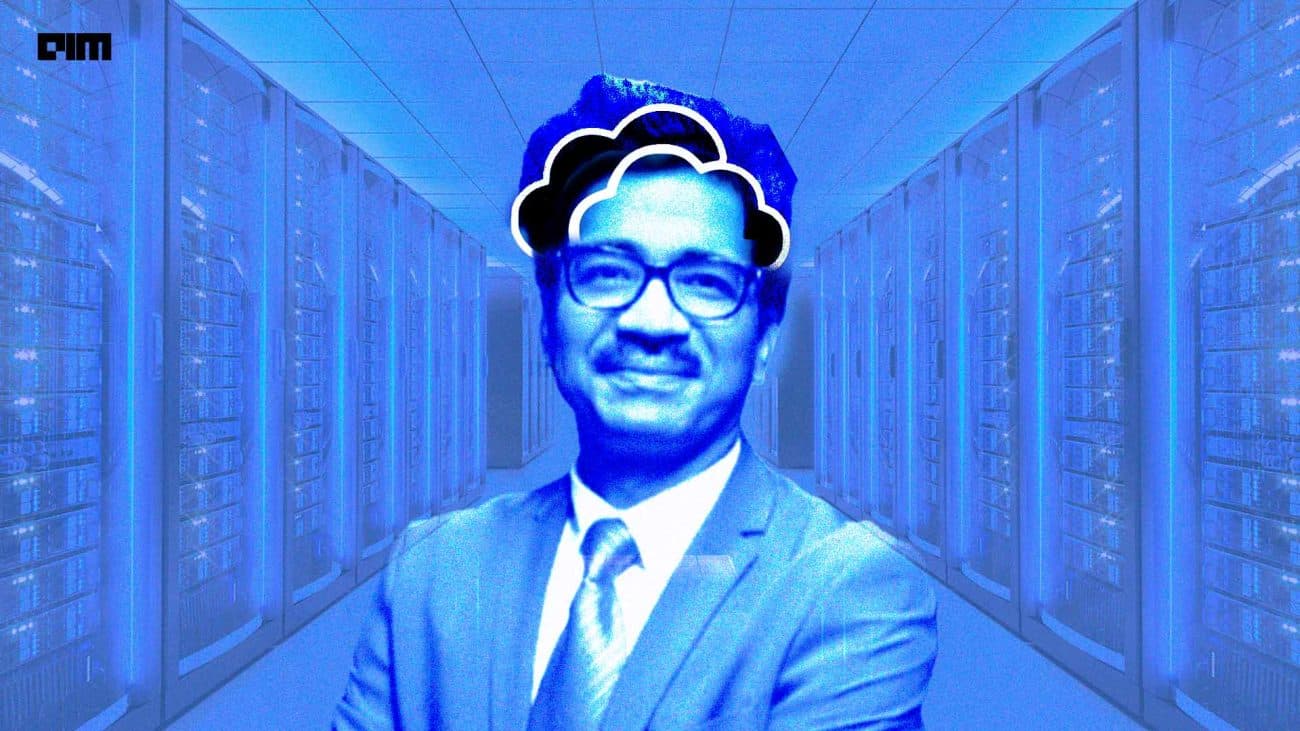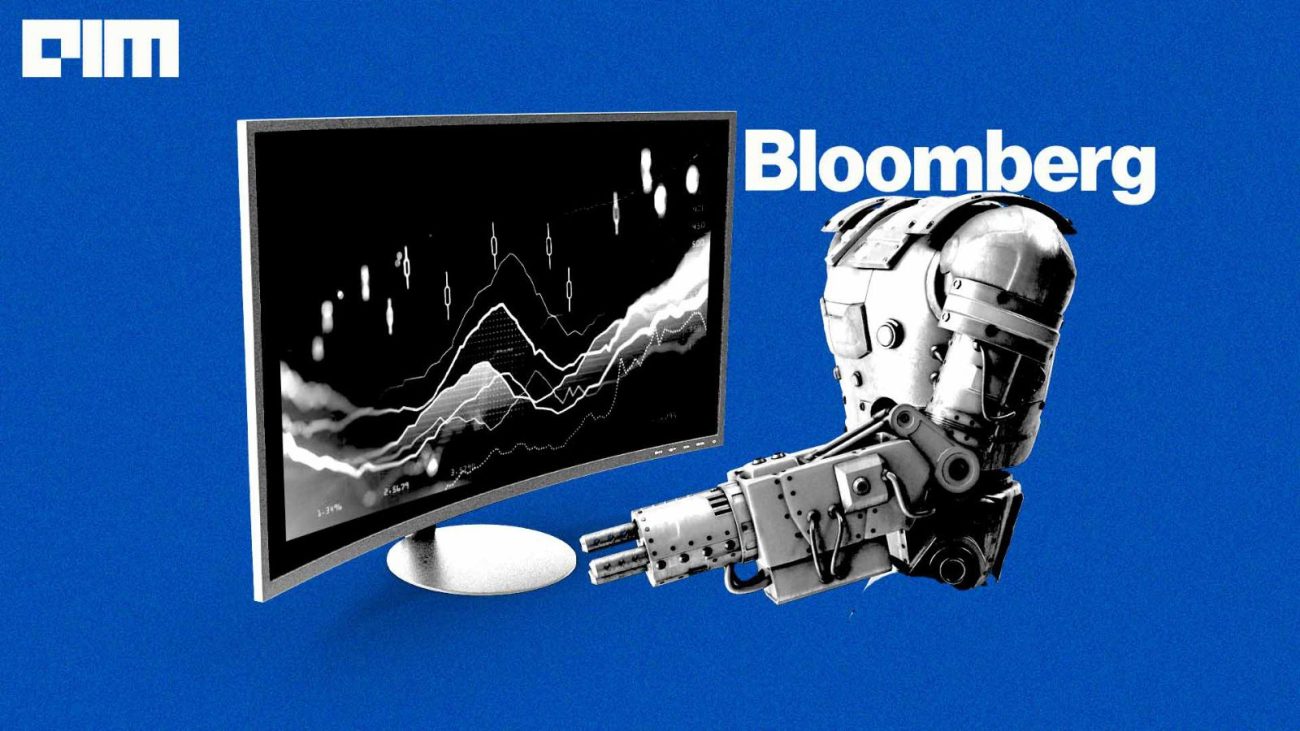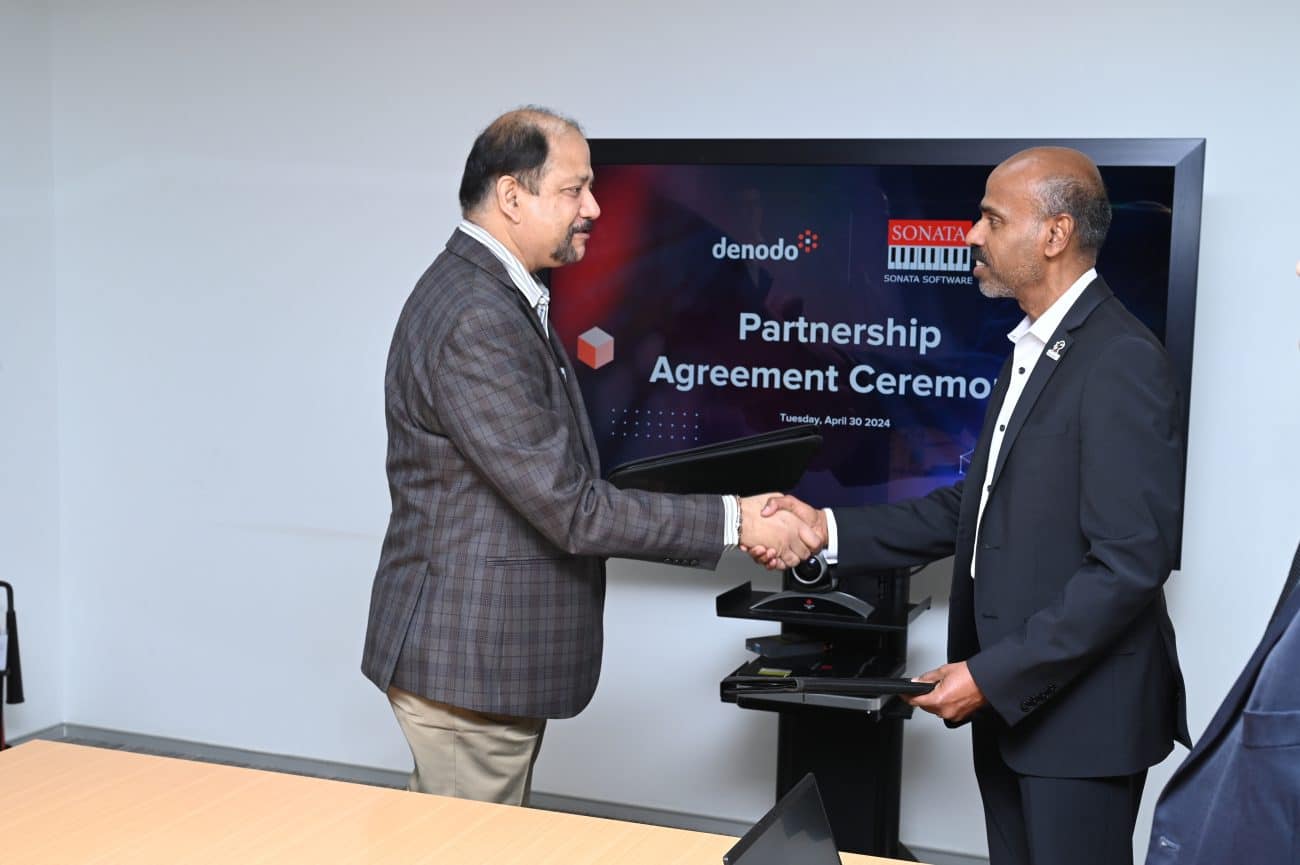|
Listen to this story
|
The recent holiday season in the US has been disastrous for white-collared professionals, especially the H-1B holders. The mass axing of jobs by tech titans has left many desis unemployed and desperate in search of employment due to the 60 days grace period. Unfortunately, even though the job market is currently bleak, the Biden administration seems to have neglected the community with stringent grace periods.
This week, the United States Secretary of State Antony Blinken joined hands with National Security Advisor Ajit Doval to launch Critical and Emerging Technology (ICET) to “expand international collaboration in artificial intelligence, quantum technologies, and advanced wireless,” the White House fact sheet said.
The United States is expanding cooperation with India to address global challenges. I had a good meeting with Indian National Security Advisor Ajit Doval today to discuss deepening our strategic partnership. pic.twitter.com/HsTb0S8gKR
— Secretary Antony Blinken (@SecBlinken) February 1, 2023
However, the Blinken-Doval meetings failed to address the current tech layoffs and unemployed Indians on H-1B programs desperately trying to avoid a reverse exodus.
The Foundation for India and Indian Diaspora Studies (FIIDS) recently appealed to US President Joe Biden as well as the United States Citizenship and Immigration Services (USCIS) to extend the grace period for techies affected by the ongoing layoffs. The demand is to extend the two monthly grace periods to six months and ten days to at least two months.
In many ways, the H-1B visa program is a condemnation. The unemployed Indians have 60 days to find a new job — or return to their home country. Indians on H1B and L1 visas accounted for roughly 40% of the 200k job cuts that started in November 2022 at Google, Meta, Microsoft and Amazon.
Biden’s Problem with India
Recently, the Biden administration proposed a massive hike in immigration fees, including the much sought-after H-1B visas for high-skilled foreign workers which is very popular among Indian tech professionals. Published by the USCIS, the proposed role increases the H-1B visa from USD 460 to USD 780. In retrospect, for the first time in 2022, the USCIS received a whopping 483,927 H-1B registrations for FY2023 Season. This is the highest number of registrations received in the history of the H1B program.
As the number of applications have been on the rise for years, H-1Bs have been awarded by lottery. Historically, 2023 is anticipated to be the worst affected for the lottery, experts believe. Registrations are expected to go up to 500,000 for about 85,000 new visa approvals. Robert Webber, a US immigration lawyer, elaborated that the lottery system launched in 2020 is impractical as it allows speculative filings without a barrier to entry. Amid the layoffs, the chance to get chosen is bleak even though the number of applications have skyrocketed.
As per immigration advocates, the proliferation shows the scope for high-skilled foreign workers. But critics say that has led to a rapid increase of mediocre workers.
Pre-2017, the concept of a grace period for H-1B holders did not exist. As a result, those who lost jobs would go out of status immediately upon termination or layoff. In January 2017, USCIS introduced a new set of rules with grace provisions to help certain employment-based non-immigrants during layoffs.
H-1B Summarised
The success of Indian-origin personalities in the US is well-known. Be it Sundar Pichai of Google or Mindy Kaling, a prominent name in Hollywood. The success has spread from Silicon Valley to Wall Street and everything in between. But so is only the case for the elites.
On an average, an Indian immigrant has waited 13 years to get their green card, which is way higher compared to other immigrants. The situation has not gotten any better as the new estimates peg the waiting years to be as high as 150 years! Not an exaggeration, but USCIS stated so.
Although, at the core of the H-1B debate lies the question if the program was created to fill in the talent gap or as a means to cut costs by the businesses. The tech industry portrays H-1B as a remedy for labour shortages and a means of hiring “the best and the brightest”, but the reality seems different. Underpayment is done in full compliance with the law and the lack of enforcement is not even the primary issue here. Vivek Wadhwa and Rep Zoe Lofgren, supporters of foreign worker programs, admitted that abuse of the program is legal due to the gaping loopholes in H-1B law.







